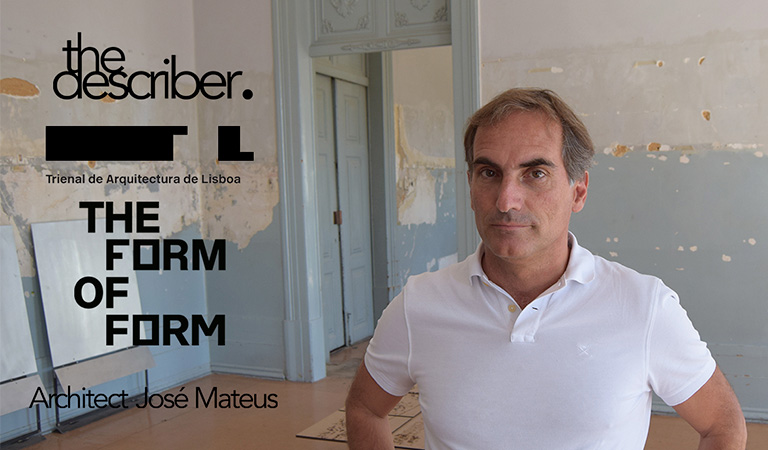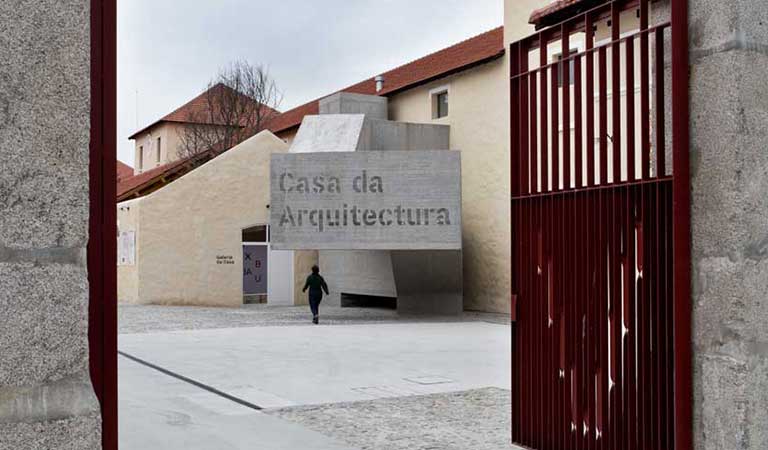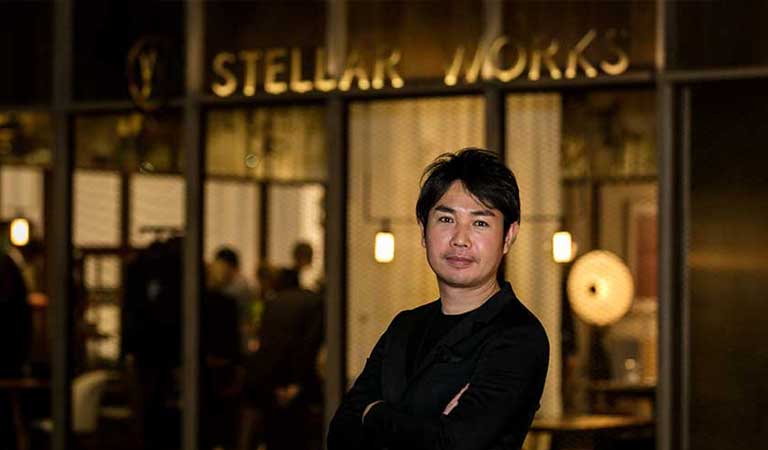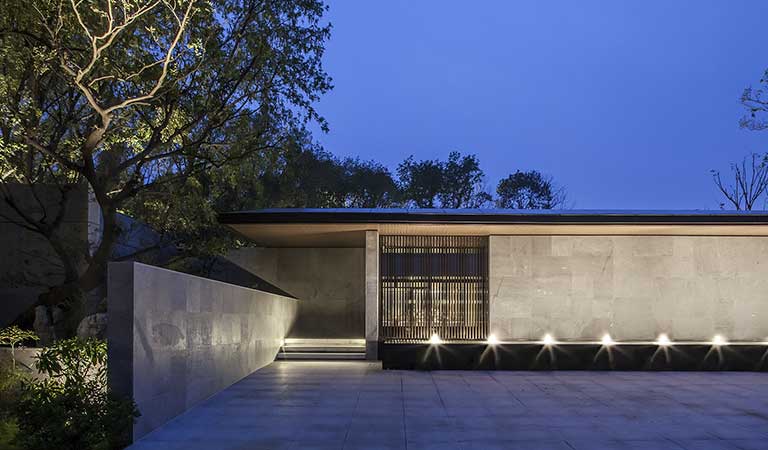As chief curator for the 2016 edition of the Lisbon Architecture Triennale, André Tavares shares the reasoning behind the theme The Form of Form.
Distributed by a number of exhibitions and initiatives throughout the city, the Triennale aims to raise awareness of the public, for the role of architecture and architects in the city and the transformations that re-define it constantly.
Como curador-chefe para a edição de 2016 da Trienal de Arquitectura de Lisboa, André Tavares partilha o raciocínio que sustenta o tema A Forma da Forma.
Distribuída por um conjunto de exposições e iniciativas em toda a cidade, a Trienal aponta à consciencialização do publico, para aquilo que é o papel da arquitectura e dos arquitectos na cidade e nas transformações que a re-definem constantemente.
Chief curator André Tavares on
— Interview —
This Triennale it’s called The Form of Form and starts from the principle that architects do forms, build, and that these forms are used.Not in the sense of thinking only in beautiful forms or authorship for the authorship, or the form for the form.
But that decisions and options architects negotiate with society result in built practices and those built practices have meaning, and they last in time in a very relevant way, and that in the debate of architecture these days, you may want to re-focus somehow the discourse of what’s the practice of architects on its core.
That is to design, build and organize the use of the forms of our world.
Esta trienal chama-se forma da forma e parte desse principio de que os arquitetos fazem formas, constroem, e que essas formas são utilizadas. Não no sentido de pensarem apenas nas formas belas ou na autoria pela autoria, ou na forma pela forma.
Mas que as decisões e as opções que os arquitetos negoceiam com o conjunto da sociedade resulta em práticas construídas e que essas práticas construídas têm um significado e perduram no tempo de uma maneira muito relevante, e que no debate da arquitectura nos dias que correm, convém re-centrar de alguma maneira o discurso naquilo que é a pratica de fundo dos arquitetos.
Que é conceber, construir e organizar a utilização das formas do nosso mundo.
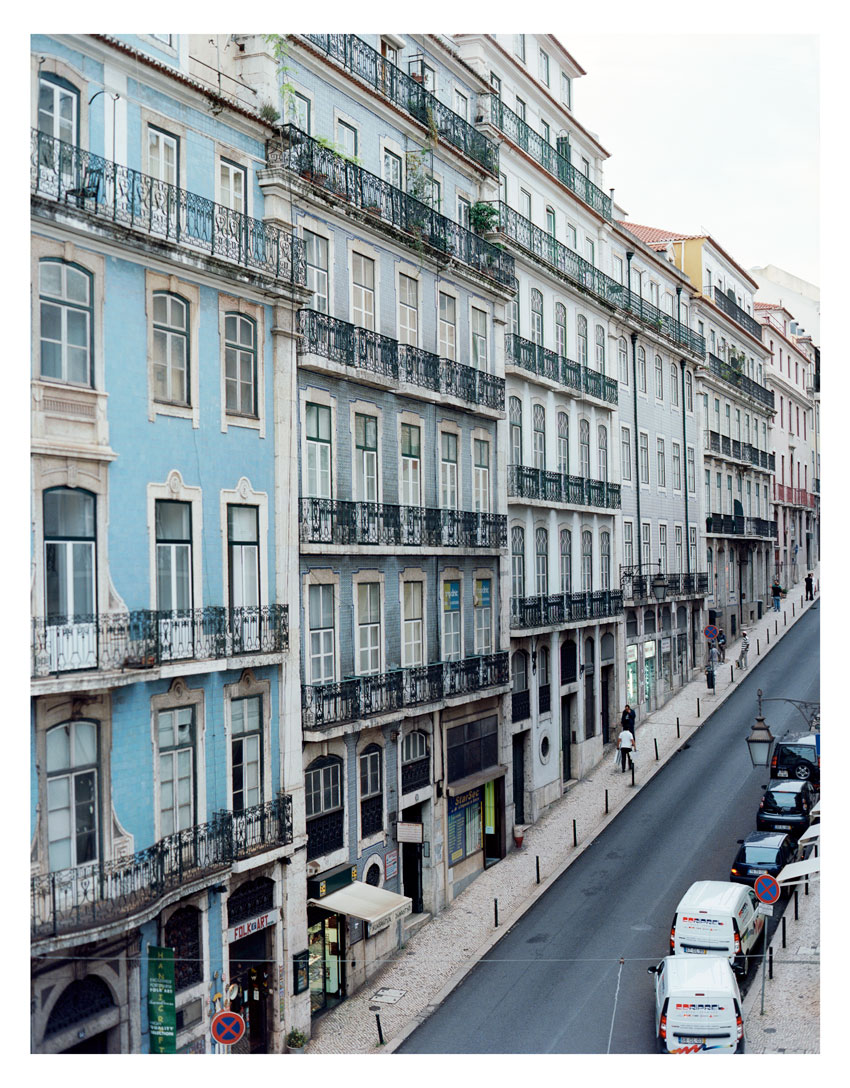
The Form of Form @ Nuno Cera
So to do this we organized a sort of exhibition tripod, one on the authorship called the form of form, a second on the building site and on construction processes, and a third about the representation, the look, and the cities.
With that we can do a course in which you realize the design conception and the architect's work, the architect’s design conception, is a socially articulated work that is synthesized in these forms. But the forms bring with them a background history, forms and architecture decisions bring with them other results with an extremely big impact, socially and economically.
Deep down formal decisions are not merely formal but also constructive and thus determine the way we work. And these decisions have an extremely broad social and cultural impact. This impact has even more relevance and is more shared and has been highly discussed, when talking about the city and the use of the city.
Architects have developed many ways of looking at the city, to represent the city, and through this view that’s also a critical view in the sense that it questions the usage models, creating alternative systems, this critical view often allows to reinvent the exercise of the profession. That is, as I'm drawing, as I am describing, as I am to show the city as it is or as we see it in our eyes, I also find the mechanisms to design, develop, be author of the new projects.
Então para fazermos isso organizámos uma espécie de tripé de exposições, uma sobre a autoria que se chama a forma da forma, uma segunda sobre a obra e sobre os processos de construção, e uma terceira sobre a representação, o olhar, e as cidades.
Com isso conseguimos fazer um percurso em que se percebe a concepção e que o trabalho do arquiteto, o trabalho de concepção do arquiteto, é um trabalho socialmente articulado e que se sintetiza nessas formas. Mas que as formas trazem consigo uma historia de fundo, as formas e as decisões da arquitectura trazem consigo outros resultados com um impacto social e económico extremamente grande.
No fundo as decisões formais não são meramente formais mas também são construtivas e com isso determinam a forma como trabalhamos. E essas decisões têm um impacto social e cultural extremamente amplo. Esse impacto tem ainda mais relevância e é mais partilhado e tem sido muito discutido, ao nível da cidade e da utilização da cidade.
Os arquitectos tem desenvolvido muitas formas de olhar para a cidade, de representar a cidade, e através desse olhar que é também um olhar crítico no sentido de questionar os modelos de uso, inventar sistemas alternativos, esse olhar crítico permite muitas vezes reinventar o exercício da própria profissão. Ou seja, à medida que estou a desenhar, à medida que estou a descrever, à medida que estou a mostrar a cidade tal como ela é ou tal como a vemos nos nossos olhos, estou também a encontrar os mecanismos para projetar, conceber, ser autor dos novos projetos.
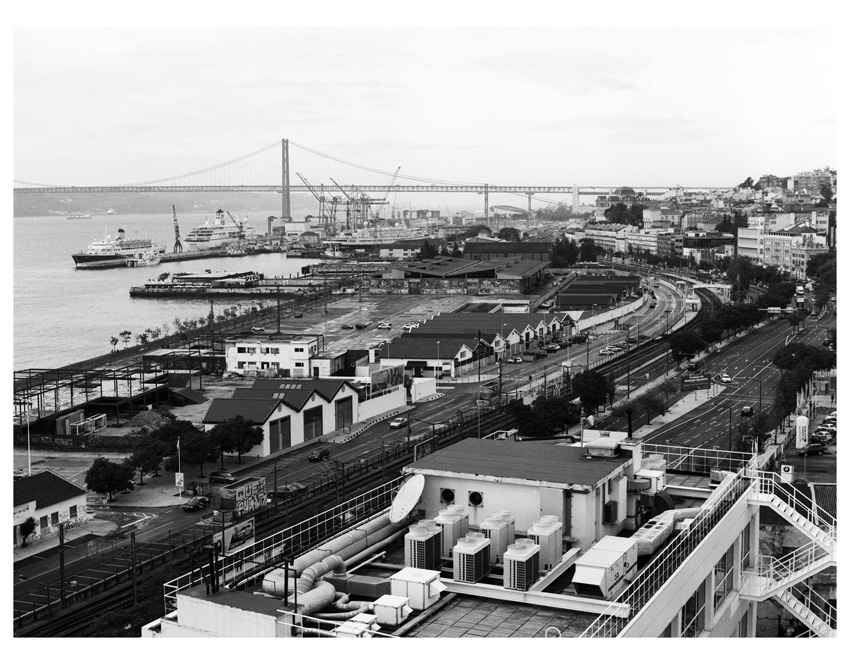
The Form of Form @ Nuno Cera
So to this tripod that is distributed in Lisbon’s urban area, between the Gulbenkian Foundation, the Central Tejo in the new MAAT, the “garagem sul” at Belém Cultural Centre, joins the exhibition here in the Triennale headquarters about logistics and the question of how economic activity can be an engine of transformation, and the conception of the transformation of a landscape as Sines and its region. Which has a recent history as important and as relevant in what the transformation of landscape is.
And finds the satellite exhibitions in Trafaria, in Amadora, in the gallery of the town hall, in Laranjeiras, it spreads and it increasingly expands with the associated projects.
And going through this multiple programs distributed in the city we can think of the exhibitions while going from one to another, and that allows us to look at the city, considering the ideas on which we think about when we see exhibition A, B or C.
Então neste tripé que se distribui no espaço urbano de Lisboa, entre a Fundação Gulbenkian, a Central Tejo no novo MAAT, a garagem sul do Centro Cultural de Belém, vem juntar-se a exposição aqui na sede da trienal sobre logística e a questão de como é que a actividade económica pode ser um motor da transformação, e da concepção da transformação de uma paisagem como Sines e a sua região. Que tem uma história recente tão importante e tão relevante naquilo que é a transformação da paisagem.
E vai encontrar as exposições satélites na Trafaria, na Amadora, na galeria dos paços do concelho, nas laranjeiras, enfim que se vai espalhando, e que se vai ampliando cada vez mais com os projectos associados.
E que percorrendo essa multiplicidade de programas que se distribuem na cidade conseguimos pensar nas exposições a ir de uma exposição para a outra, e o facto de ir permite-nos olhar para a cidade, equacionando as ideias sobre as quais podemos ficar a pensar quando vemos a exposição A, B ou C.
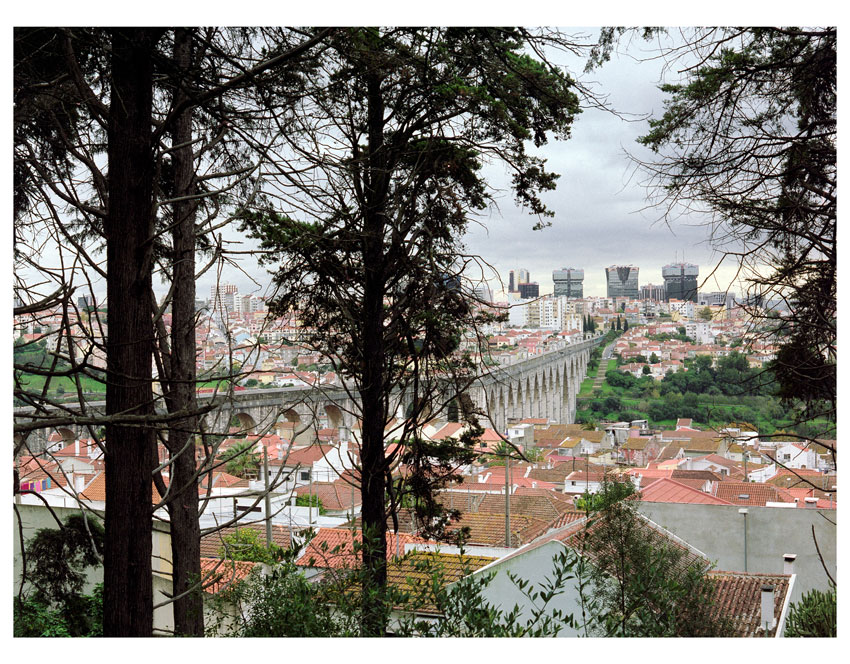
The Form of Form @ Nuno Cera
Perhaps this is a too idyllic idea but I have confidence and certainty that the audience and the Lisbon public is interested in knowing not only the exhibits, but above all getting to know their city and getting to know architecture.
Deep down getting to better understand the mechanisms through which the city is transformed, and is by looking at the city, looking at the architecture, and looking at the world that is around us and learning from it, that we can better think of this transformation collectively.
Talvez isto seja uma ideia demasiado idílica mas tenho confiança e certeza que a audiência e que o público de Lisboa está interessado em conhecer, não só as exposições, mas sobretudo conhecer melhor a sua cidade e conhecer melhor a arquitetura.
No fundo conhecer melhor os mecanismos através dos quais a cidade se transforma, e é olhando para a cidade, olhando para a arquitectura, e olhando para o mundo que está à nossa volta e aprendendo com ele, que podemos pensar melhor essa transformação colectivamente.
